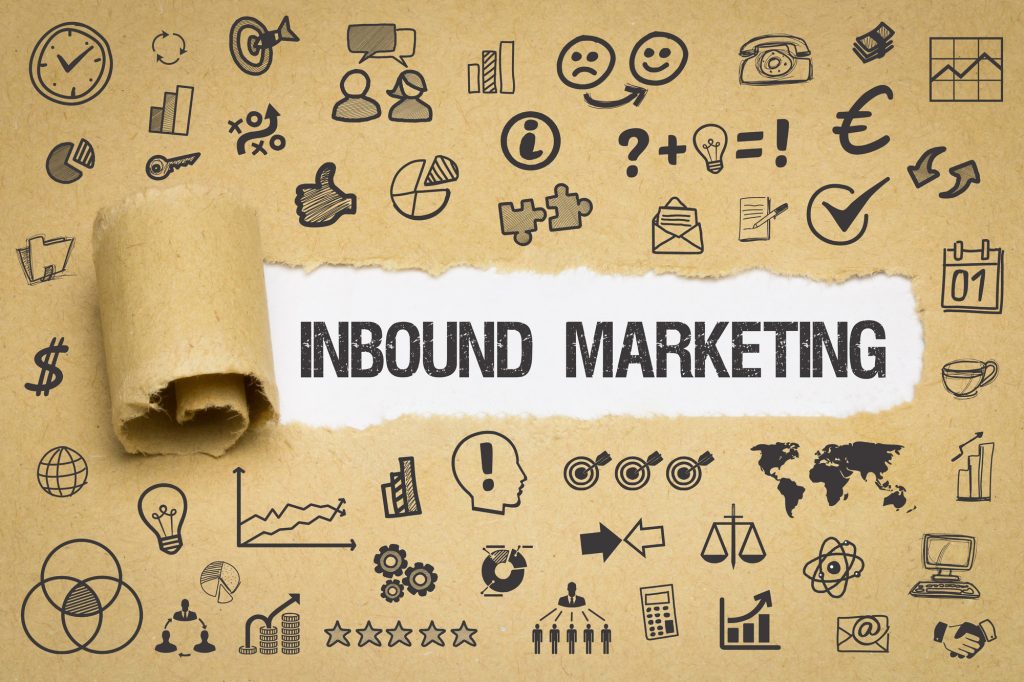
Marketing is a crucial aspect of a successful business. It is the essential method that helps drive their sales, granting them the means to gain profit.
There are two different disciplines involved with marketing: inbound marketing and outbound marketing. They offer their own sets of strategies and methods.
These two strategies lead towards the same goal of gaining profits and sales. You might be wondering about which one suits you and which one would be faster in getting you more customers.
Today, we make the comparison between inbound vs outbound marketing. We will also explore the key differences and their tactics.
1. Direction of Interest
When comparing inbound marketing vs outbound marketing, start with the direction of interest. The terms inbound and outbound can leave hints as it pertains to how the messaging works.
Outbound marketing pushes towards an outward direction with its messaging. In this case, it directs the message towards the intended audience or target. This is what gave outbound marketing another name: push marketing.
Inbound marketing takes on the reverse approach. The messaging is more towards attracting the customer’s attention.
From it, the goal is to draw their interest. This results in interested customers checking out the message of their own volition.
You would notice these strategies in action when you look at the methods used. One example of outbound marketing is email marketing. As for inbound marketing, you see this in action with content marketing and SEO.
2. Messaging Intent
You may notice different approaches when looking at the inbound vs outbound conversation. Both strategies have a specific way they set and angle their messages.
Every message holds a specific intent that would dictate the approach and delivery. This is what makes one so different from the other.
Outbound marketing brings its attention to what the product or service can provide. It highlights features and specifications. These would awe or impress the bystander and the curious buyer.
In comparison, inbound marketing uses a different angle. It appeals to the customer as it understands their needs and situations. Because of this, it takes on putting said need into perspective.
In this case, you need to empathize with the customer. It then puts the part on how the product or service can help meet that need.
3. Interactivity
Another element to consider is how interactive inbound vs outbound marketing is. The advertisements on the outbound side take on a one-way format. This would appear in the medium used and how these ads operate on a push dynamic.
Some outbound marketing ads do not provide a means for users to interact or trace back. Even so, outbound marketing ads can still reach out and draw attention to customers. This is due to how they can leave an impression.
Now compare this to inbound marketing. The strategy puts interactivity in mind. This becomes more prevalent with online content and advertising.
It takes advantage of immersion and allows seamless integration between the ad and content. It goes alongside providing a means to link towards the product.
4. Goal Priority
When looking at inbound vs outbound marketing examples, you may notice that each targets specific goals. They have a specific priority that keeps each setup distinct, such as which audience or goal to focus on.
Inbound marketing is about generating interest. From it, you draw customers closer to make the transaction. To do this, it meant that they have to make enticing content for customers to check out the product.
This particular content can come in the form of useful and helpful guides. These would aid customers in using the product or solving certain problems.
Outbound marketing pushes towards the goal of selling the product to you. It would take on flashy presentations or anything that aims to grab your attention. If it gets the intended customer prospect to check it out due to curiosity, that would be a sale.
5. Medium of Choice
With each strategy, there is the right tool for the job. The same concept is true with inbound vs outbound marketing.
Outbound marketing tends to take on an outward one-way approach. The aim is to push the message towards the intended audience.
You can see this traditional marketing strategy in various forms of film and print media. In this case, you see them in practice on billboards, TV and radio ads, as well as digital pop-up ads.
Inbound marketing’s draw-in approach is the preferred strategy for online content. You see them in action with blogging and influencer marketing. You also see articles and videos that provide helpful content like demonstrating a product or service.
The Verdict: Which One to Use?
This begs the question, which one should you use for your business? Should you go for inbound marketing or outbound marketing? The actual answer here is that you need both of them.
With their varied strengths, they can increase your sales when employed together. Here is how that works.
On one end, you have organic growth through content marketing. Here is where the inbound marketing side comes in. Optimizing your website or blog and producing new content can drive customers’ interest.
On the other end, you have visibility and the push for brand recognition. This is where outbound marketing comes into play. You see online strategies like the use of PPC and digital ads that drive up your website’s visibility.
Settling the Inbound vs Outbound Marketing Argument
In the end, even with the distinct approaches, you need both for the best results. While outbound marketing amps up your brand visibility, inbound marketing draws in customers. Their effects can complement each other.
Now you know the difference between inbound vs outbound marketing and how you can use them to your advantage. However, why stop here? Check out some of our other blog posts for more tips on building your digital marketing campaign.

